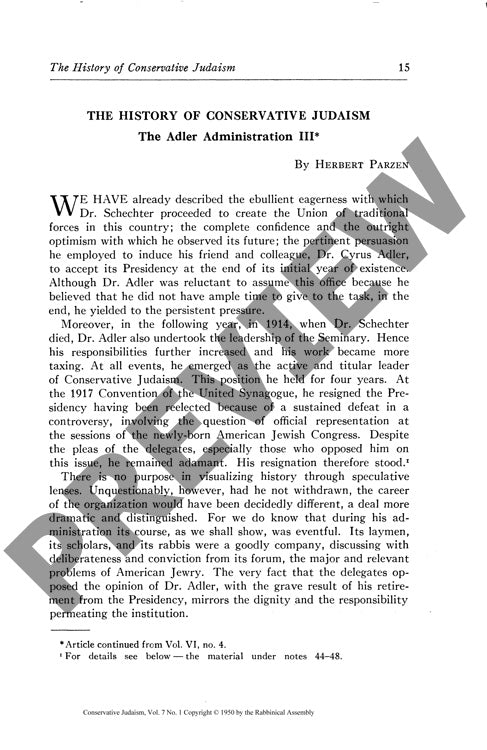The History of Conservative Judaism The
Couldn't load pickup availability
In 1914, Conservative Judaism stood at a critical crossroads following Solomon Schechter's death, as Cyrus Adler reluctantly assumed leadership of the United Synagogue of America. During his pivotal three-year presidency, Adler grappled with a fundamental tension that would shape Conservative Judaism's future: whether to prioritize broad membership expansion ("extensity") or deeper religious commitment ("intensity"). Through analysis of convention proceedings, presidential addresses, and organizational records, this research reveals how Adler championed a confederation-style approach favoring growth over doctrinal uniformity. While his administration achieved notable successes in Jewish education, religious observance programs, and community-wide initiatives, it faced significant challenges from World War I disruptions and competing organizational priorities. Adler's persistent attempts at Orthodox rapprochement ultimately ended in his 1917 resignation amid controversy over American Jewish Congress representation. The findings demonstrate that while the Adler years established crucial institutional foundations, the early emphasis on quantity over quality and confederate structure created enduring organizational weaknesses. This historical analysis illuminates how Conservative Judaism's formative institutional decisions shaped its subsequent development, highlighting persistent tensions between organizational growth and religious cohesion in American Jewish denominational life.

More Information
-
Physical Description
-
Publication Information
Published
ISBN
-
Publication Credits
Herbert Parzen

